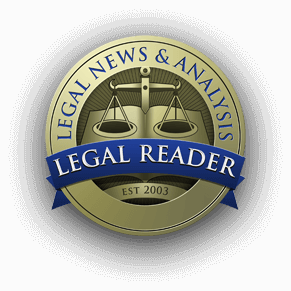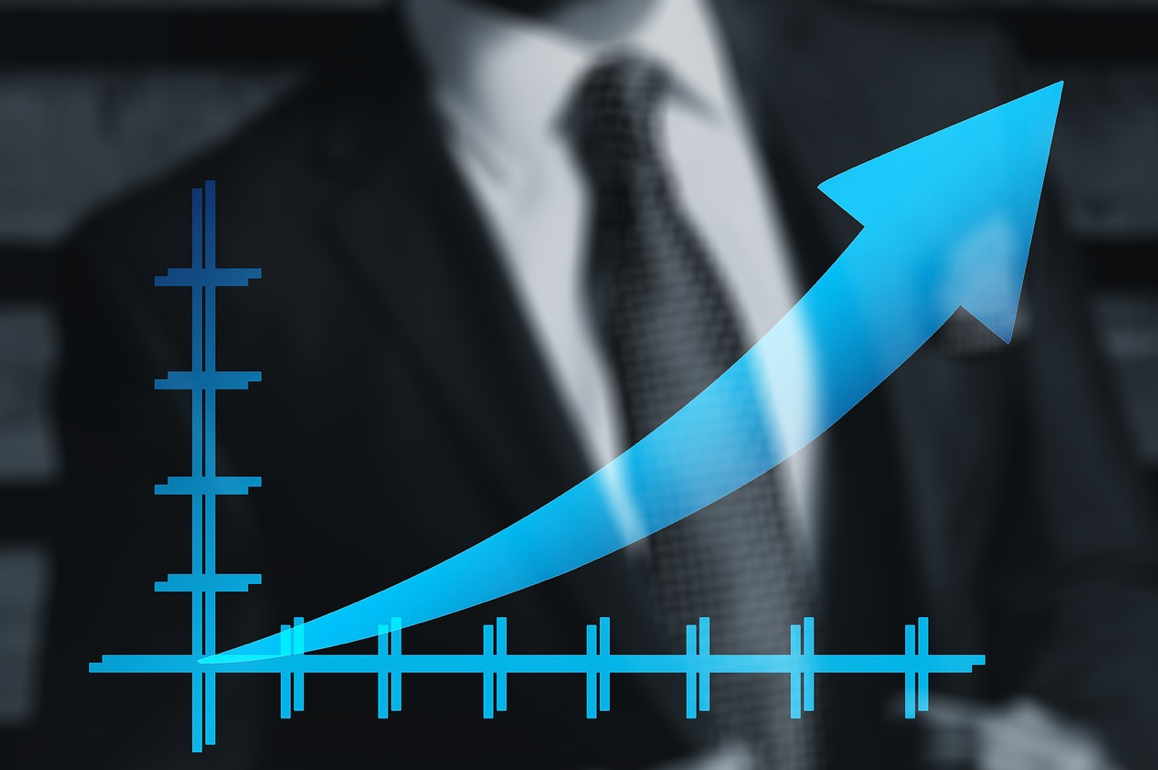By understanding these trends and implementing smart debt management strategies, consumers can navigate the shifting economic landscape with confidence.
Rising interest rates continue to shape financial landscapes, affecting everything from mortgages to personal loans. As 2025 unfolds, borrowers will need to adapt to a changing credit environment driven by monetary policies and economic shifts. Understanding the implications of higher rates can help individuals make informed decisions, whether they are purchasing a home, managing credit card debt, or considering new loans. This article explores how increasing rates impact debt, credit, and financial planning in the current economic climate.
The Federal Reserve’s Approach in 2025
The Federal Reserve plays a crucial role in determining borrowing costs. While some anticipated aggressive rate cuts in 2025, the central bank has signaled a more measured approach. Inflation concerns and economic stability remain priorities, leading to cautious adjustments in interest rates rather than drastic reductions. This means consumers may not see the relief they were expecting, especially when it comes to loan products.
Mortgage Rates and Housing Affordability
For those in the housing market, rising interest rates present a significant challenge. Mortgage rates, which surged in previous years, are expected to stay elevated, hovering around 6.5% for much of 2025. This sustained high cost of borrowing makes homeownership more expensive, reducing affordability and limiting options for many buyers.
- Existing Homeowners: Those with adjustable-rate mortgages (ARMs) may see their monthly payments rise as interest rates reset. Refinancing to a fixed-rate loan could provide stability, though securing a favorable rate remains challenging.
- Prospective Buyers: Higher mortgage rates mean higher monthly payments, potentially pricing some buyers out of the market. Saving for a larger down payment or exploring lower-cost housing options can help mitigate the financial strain.
Credit Cards and Personal Loans
Credit card interest rates are closely tied to changes in federal monetary policy, making them particularly sensitive to rising interest rates. In 2025, rates on credit cards and personal loans are expected to remain elevated, with only minor reductions if economic conditions allow. Unlike mortgages or auto loans, credit card interest rates are variable, meaning consumers with outstanding balances will feel the impact almost immediately when rates rise.
- Higher Minimum Payments: With higher interest rates, credit card balances become more expensive to carry, leading to increased minimum payment requirements. This can strain monthly budgets, making it harder for individuals to keep up with payments while covering other essential expenses.
- Debt Accumulation Risks: Consumers who rely on credit cards for everyday expenses, such as groceries or medical bills, may find themselves accumulating debt faster due to the added interest burden. As balances grow, interest charges compound, making it more difficult to pay off existing debt.
- Personal Loan Costs: While personal loans can be a useful tool for consolidating high-interest debt, rising interest rates may result in higher borrowing costs. Those considering personal loans should carefully compare rates and loan terms before committing.
For those managing credit card debt, prioritizing repayments and exploring balance transfer options to lower-interest products can help alleviate financial pressure. Additionally, working toward a higher credit score can improve eligibility for better rates and more favorable repayment terms, offering some relief in an environment of rising borrowing costs.
Economic Policy and Market Volatility
Government policies and global economic conditions also play a role in shaping interest rate trends. In 2025, trade tariffs, fiscal measures, and regulatory changes could contribute to market volatility, indirectly affecting borrowing costs. Uncertainty in these areas may lead to cautious lending practices, making it more difficult for some borrowers to access credit on favorable terms. Additionally, shifts in government spending, tax policies, and central bank interventions may impact financial markets, influencing investor confidence and overall economic growth.
- Small Business Borrowing: Entrepreneurs seeking business loans may face higher costs, impacting expansion plans and operational investments. Stricter lending requirements could also limit access to capital, making it harder for startups and small businesses to secure necessary funding.
- Auto Loans: Rising rates can make financing a vehicle more expensive, potentially leading to lower demand in the automotive market. Consumers may delay car purchases or opt for used vehicles instead of new ones, while automakers and dealerships may need to offer incentives to counteract declining affordability.
Strategies to Navigate Rising Interest Rates

As borrowing costs increase, financial planning becomes essential. Consumers can take proactive steps to manage their debt and credit effectively:
- Lock in Fixed Rates – If possible, refinancing adjustable-rate loans to fixed-rate alternatives can provide stability and protect against future rate hikes. This is particularly beneficial for mortgages, auto loans, and personal loans, where even a small increase in interest rates can add up over time.
- Reduce High-Interest Debt – Paying off credit card balances and personal loans sooner minimizes the long-term impact of high borrowing costs. Consider prioritizing high-interest debts through methods like the avalanche strategy (paying off the highest-interest debts first) or the snowball method (paying off smaller debts first for psychological motivation).
- Build and Maintain Strong Credit – A higher credit score can lead to better interest rates and improved loan terms, reducing overall financial strain. Paying bills on time, keeping credit utilization low, and avoiding unnecessary hard inquiries can help improve creditworthiness.
- Limit New Debt – Being selective about new borrowing can prevent excessive financial obligations in an uncertain economic environment. Avoid taking on unnecessary loans or credit lines unless absolutely necessary, and carefully assess affordability before making major financial commitments.
- Stay Informed – Monitoring economic trends and interest rate forecasts can help individuals make strategic financial decisions. Keeping up with Federal Reserve updates, inflation reports, and financial news can provide valuable insights into potential rate changes and how they might affect personal finances.
By taking these steps, individuals can mitigate the impact of rising interest rates and maintain financial stability despite economic uncertainty.
Preparing for Financial Stability in a High-Rate Environment
Rising interest rates in 2025 present challenges for borrowers across various financial sectors. From mortgages to credit cards, the cost of borrowing remains a critical factor in personal finance decisions. By understanding these trends and implementing smart debt management strategies, consumers can navigate the shifting economic landscape with confidence. Staying proactive and financially disciplined will be key to mitigating the impact of higher rates in the year ahead.


Join the conversation!